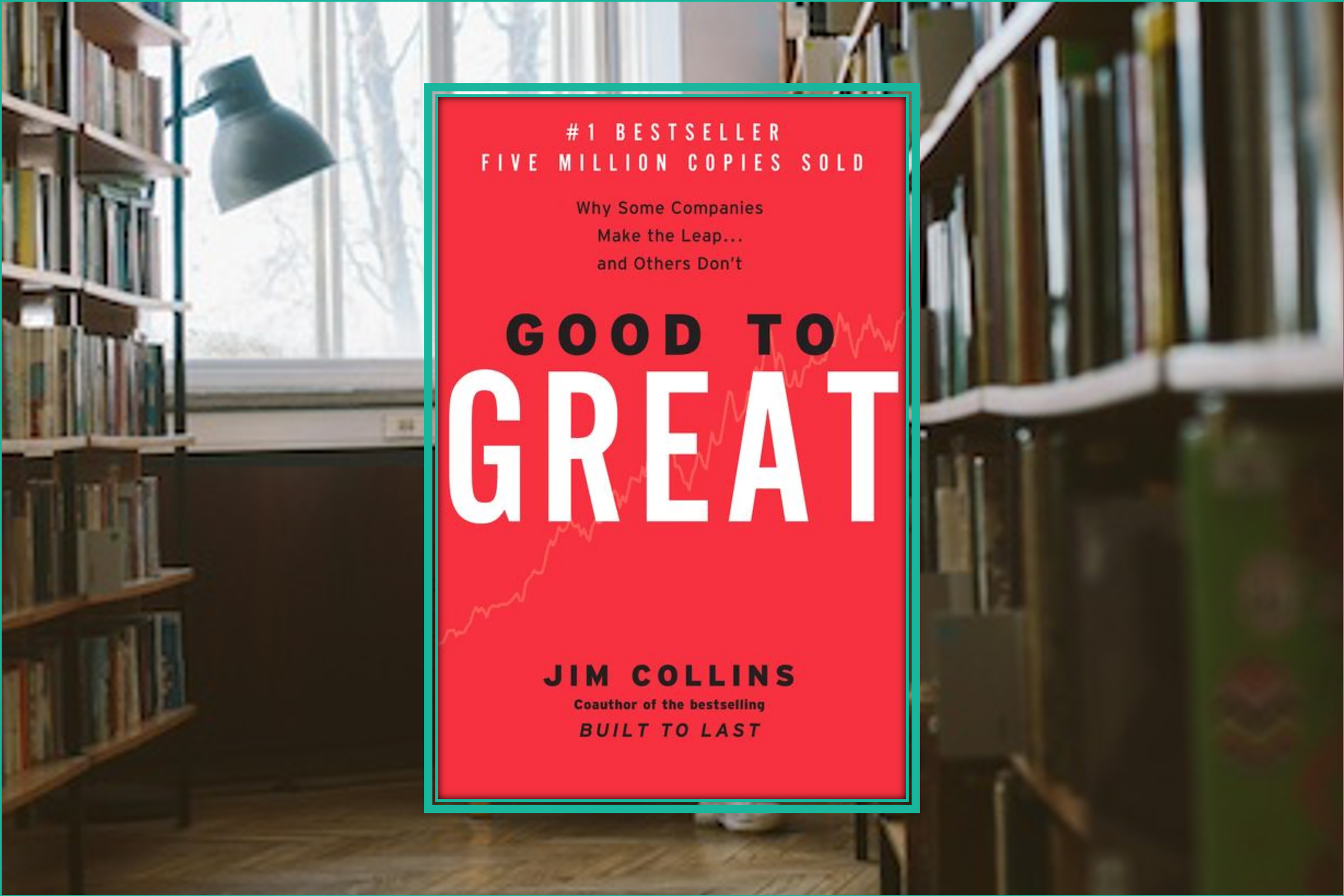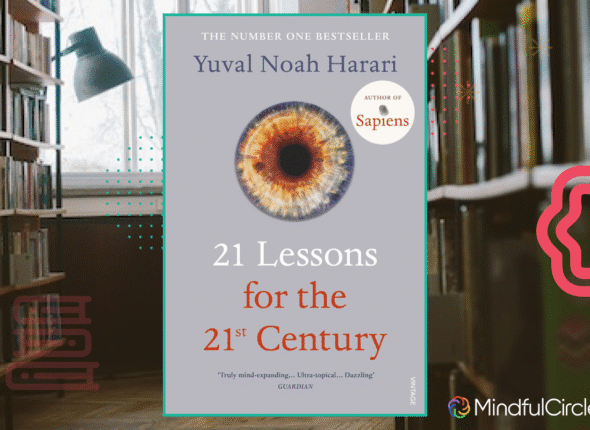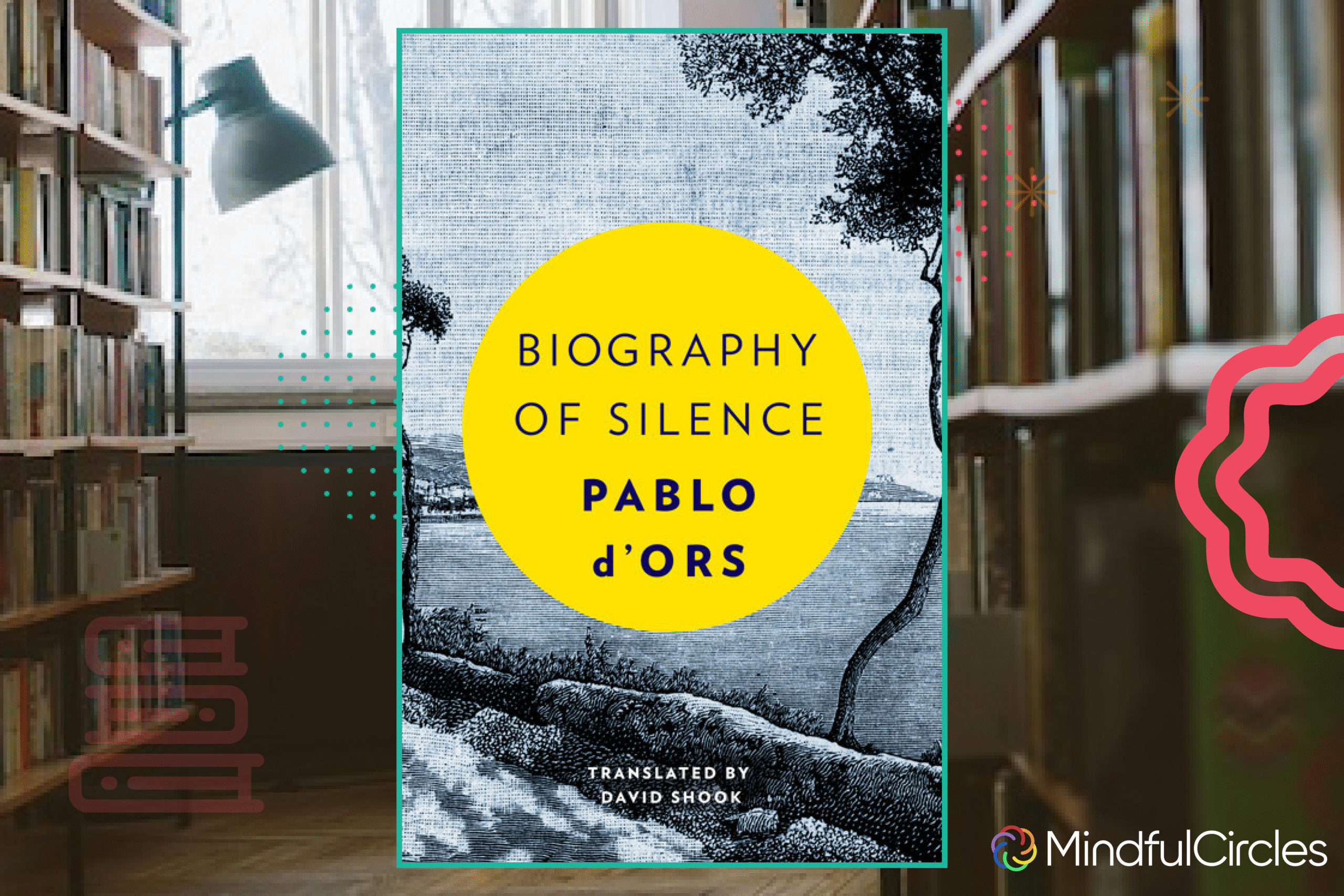Good to Great by Jim Collins – Why Some Companies Make the Leap… and Others Don’t
Background and Perception
When Good to Great was published, it quickly became a staple in business literature, lauded for its in-depth analysis and practical insights. Jim Collins, already known for his work Built to Last, took on the challenge of exploring what makes a company not just good but truly great. The premise is simple yet profound: “How can a company take the leap from mediocrity to enduring greatness?” Collins’ meticulous research spans over five years and includes studying 1,435 companies over 40 years to find the commonalities among the few that achieved sustainable excellence. The book is not just another generic business manual filled with untested strategies. Instead, it’s a rigorous, data-driven exploration that reveals specific principles and practices that set great companies apart. Collins notes,Few people attain great lives, in large part because it is just so easy to settle for a good life.Good to Great challenges leaders and organizations to push beyond the ordinary and achieve true greatness.
Methodology Behind the Study
The research identified eleven companies that outperformed the market by a factor of seven over fifteen years. These companies, ranging from Nucor to Wells Fargo, weren’t chosen arbitrarily. Collins’ team looked at companies that faced similar circumstances but did not reach the same level of excellence, providing a comparative analysis that adds depth to the findings. One of the key definitions Collins offers is that a great companymakes a distinctive impact and delivers superior performance over a long period.By contrasting these exceptional companies with their less successful counterparts, Good to Great uncovers the secret sauce of long-term excellence: disciplined people, disciplined thought, and disciplined action.
Key Concepts and Lessons
1. Level 5 Leadership
The concept of Level 5 Leadership is central to the book. Collins describes Level 5 leaders as those who blend extreme personal humility with intense professional will. These leaders are far from being flashy or ego-driven; instead, they focus on the company’s success rather than their own. One memorable quote from a Level 5 leader during an interview captures this humility: I don’t think I can take much credit for the company’s success. These leaders are paradoxical figures—modest and self-effacing but also driven and unyielding when it comes to achieving their company’s goals. They build lasting companies by developing successors who can carry the vision forward. Collins emphasizes that this humility shouldn’t be mistaken for weakness:Every level five has the stoic determination to do whatever needs to be done to make the company great.
2. First Who, Then What
Contrary to conventional wisdom, great companies prioritize getting the right people on board before determining their strategy. Collins uses the metaphor of a bus:They decide who gets on the bus, who gets off, and where the people sit.It’s not about having the most talented individuals but rather finding those whose values align with the company’s and who have an entrepreneurial spirit. The good-to-great companies follow a “hire slow, fire fast” approach. Leaders like Dick Cooley of Wells Fargo exemplified this principle by focusing on assembling the right team before deciding on a clear vision. Collins argues that getting the right people is essential because
you can always figure out the right direction once you have the right people.
3. The Hedgehog Concept
Inspired by an ancient Greek parable—The fox knows many things, but the hedgehog knows one big thing—Collins introduces the Hedgehog Concept. Great companies simplify their strategies by focusing on the intersection of three circles:
- What they are deeply passionate about
- What they can be the best in the world at
- What drives their economic engine
The hedgehogs are the big thinkers who are more decisive, while the foxes are more accepting of nuance.An example is Wells Fargo, which realized it couldn’t compete with Citigroup on a global scale, so it focused on becoming the best bank in the Western United States. By sticking to this straightforward vision, Wells Fargo outperformed the market by a multiple of four.
4. Confront the Brutal Facts (Yet Never Lose Faith)
Great companies are unflinchingly honest about their realities. Collins introduces the Stockdale Paradox, named after Admiral Jim Stockdale, who survived years of captivity in the Vietnam War. Stockdale’s message was simple:Retain faith that you will prevail in the end, regardless of the difficulties, and at the same time, confront the most brutal facts of your current reality.
5. A Culture of Discipline
The idea of discipline is woven throughout the book. According to Collins, greatness doesn’t come from flashy programs or quick-fix solutions but from a culture of disciplined thought and action.Good-to-great companies focus on hiring disciplined people who engage in disciplined thought and take disciplined action.In these companies, employees aren’t micromanaged; instead, they are given freedom within a framework. This autonomy allows them to align their efforts with the company’s mission while maintaining the consistency necessary for long-term success. Discipline extends beyond people management—it includes adhering strictly to the Hedgehog Concept and executing strategies with focus and consistency.
6. Technology Accelerators
Collins emphasizes that technology itself does not create greatness; rather, it acts as an accelerator when aligned with a company’s core strategy.Technology is never the primary driver of greatness; instead, it is a tool that enhances an already solid foundation.Successful companies used technology to support and amplify their Hedgehog Concept rather than relying on it as a transformative element.
7. The Flywheel and the Doom Loop
The metaphor of the flywheel represents the gradual, consistent effort required to achieve greatness. Collins describes it as a heavy wheel that builds momentum throughrelentless turning, turn upon turn, building momentum until a point of breakthrough.There is no single dramatic event that propels a company to greatness; instead, it’s the accumulation of disciplined, small efforts over time. In contrast, companies stuck in the “Doom Loop” frequently jump from one strategy or program to another, lacking the consistency needed to build long-term success. This cycle results in wasted effort and stagnant performance, as these companies fail to maintain steady momentum.
Conclusion
Good to Great dismantles the myth of overnight success and highlights the importance of consistent, disciplined effort in achieving long-term excellence. Whether you’re an executive, entrepreneur, or aspiring leader, the book’s principles are timeless: hire the right people, maintain focus through the Hedgehog Concept, and be willing to face reality with unwavering faith.Few people attain great lives, Collins writes,
in large part because it is just so easy to settle for a good life.The journey from good to great requires courage, resilience, and a commitment to relentless improvement. So, if good isn’t enough, are you ready to make the leap to greatness?
The Creative Act: A Way of Being by Rick Rubin- Book Summary
- December 2, 2025
- Com 0
About the Author: Rick Rubin Rick Rubin is widely regarded as one of the most influential music producers in history....
The First Rule of Mastery by Michael Gervais- Book Summary
- November 25, 2025
- Com 0
The First Rule of Mastery: Stop Worrying about What People Think of You INTRODUCTION The First Rule of Mastery: Stop...
21 Lessons for the 21st Century By Yuval Noah Harari – Book Summary
- November 18, 2025
- Com 0
Introduction: About the Author, the Book, and Its Impact Yuval Noah Harari, an Israeli historian and professor at the Hebrew...
Doughnut Economics By Kate Raworth – Book Summary
- November 11, 2025
- Com 0
Doughnut Economics: Seven Ways to Think Like a 21st-Century Economist By Kate Raworth (2017) About the Author and the Book...
A Biography of Silence: An Essay on Meditation By Pablo d’Ors (2012) – Book Summary
- November 4, 2025
- Com 0
A Biography of Silence: An Essay on Meditation About the Author and the Book Pablo d’Ors is a Spanish priest,...
The Hard Thing About Hard Things By Ben Horowitz – Book Summary
- October 28, 2025
- Com 0
The Hard Thing About Hard Things: Building a Business When There Are No Easy Answers―Straight Talk on the Challenges of...
Tags:









